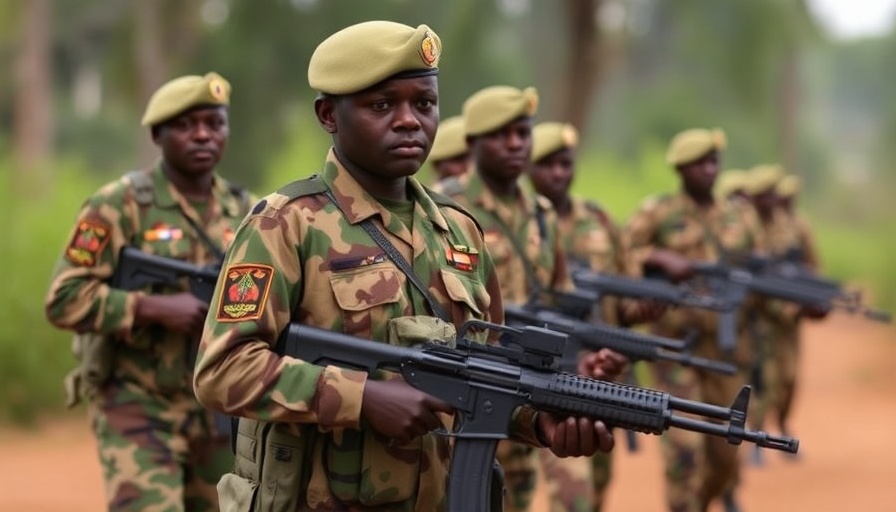
The Beginning of the End for SADC's Mission in Eastern Congo
The Southern African Development Community (SADC) has initiated its formal withdrawal from eastern Democratic Republic of Congo (DRC), marking a significant turning point in the regional alliance's attempt to stabilize one of Africa's most tumultuous areas. This military mission, known as SAMIDRC, was launched in December 2023 with the intention of assisting the DRC government in combating rampant rebel activities, particularly those attributed to the M23 group.
Challenges Faced by SADC in Eastern DRC
Despite its noble intentions, the SAMIDRC mission struggled with underwhelming troop contributions and insufficient resources from member nations such as South Africa, Tanzania, and Malawi. By March 2025, the conflict had escalated dramatically with the M23 rebels making significant gains, culminating in their capture of Goma, the region's key city. This event precipitated the decision during a SADC summit to officially terminate the SAMIDRC mandate, as the mission proved incapable of achieving its objectives amid increasing instability.
Rwanda's Role in the Withdrawal Process
As part of the withdrawal strategy, Rwanda has been facilitating the movement of SADC forces back to their home countries, providing a critical transit route. The complexities of this withdrawal not only highlight the operational difficulties faced by SADC but also reflect broader geopolitical tensions in the region. Understanding these dynamics is vital for stakeholders interested in Africa’s security landscape.
Future Implications for Regional Security and Governance
The end of the SAMIDRC mission raises pressing questions for the future of peace and stability in eastern DRC. With SADC officially stepping back, the onus now lies on regional governments and international entities to address the ongoing conflict and its repercussions. This scenario underscores the necessity for strategic investments in diplomatic solutions rather than mere military interventions, particularly in a geopolitically sensitive area where foreign relations are fraught with historical tensions.
Broader Context of Africa’s Geopolitical Landscape
This withdrawal comes at a time when Africa faces complex global economic challenges, including evolving trade dynamics and fluctuating foreign relations with major powers like China and the EU. As business leaders and policymakers analyze the implications of such military withdrawals, it is essential to understand how these shifts affect investment opportunities and governance trends across the continent.
As SAMIDRC’s forces return home, stakeholders must critically engage with the lessons learned from this mission to ensure future efforts are based on more sustainable and politically informed strategies. Collaboration between African nations and global powers will be key in addressing the root causes of conflict and fostering a more stable environment for trade and investment.
In conclusion, the withdrawal of SADC forces from eastern Congo symbolizes both the challenges and the complex nature of military engagement in Africa. For investors and policymakers alike, staying informed about these developments is crucial for navigating the intricate landscape of African geopolitics.
 Add Row
Add Row  Add
Add 


 Add Row
Add Row  Add
Add 

Write A Comment